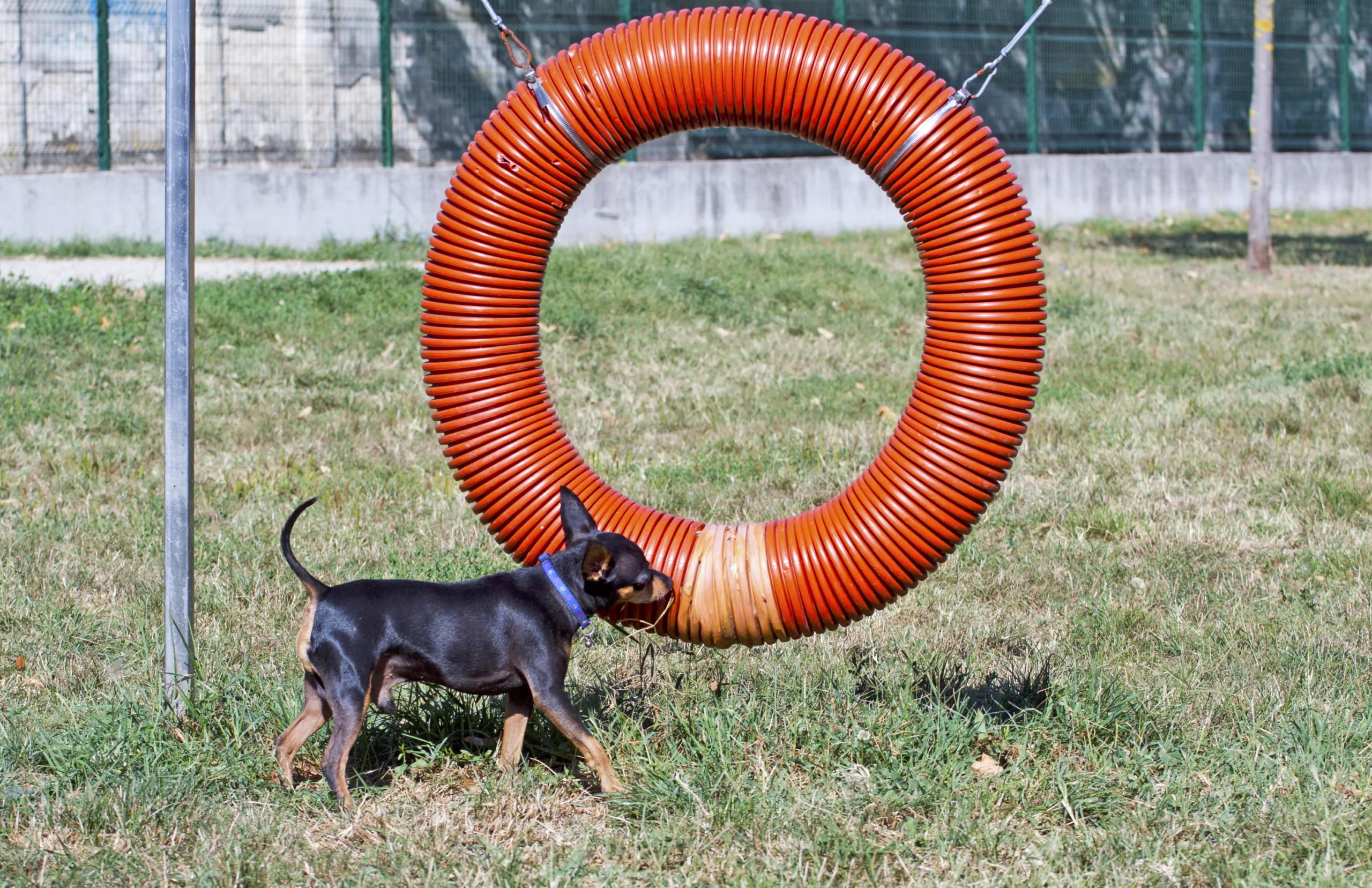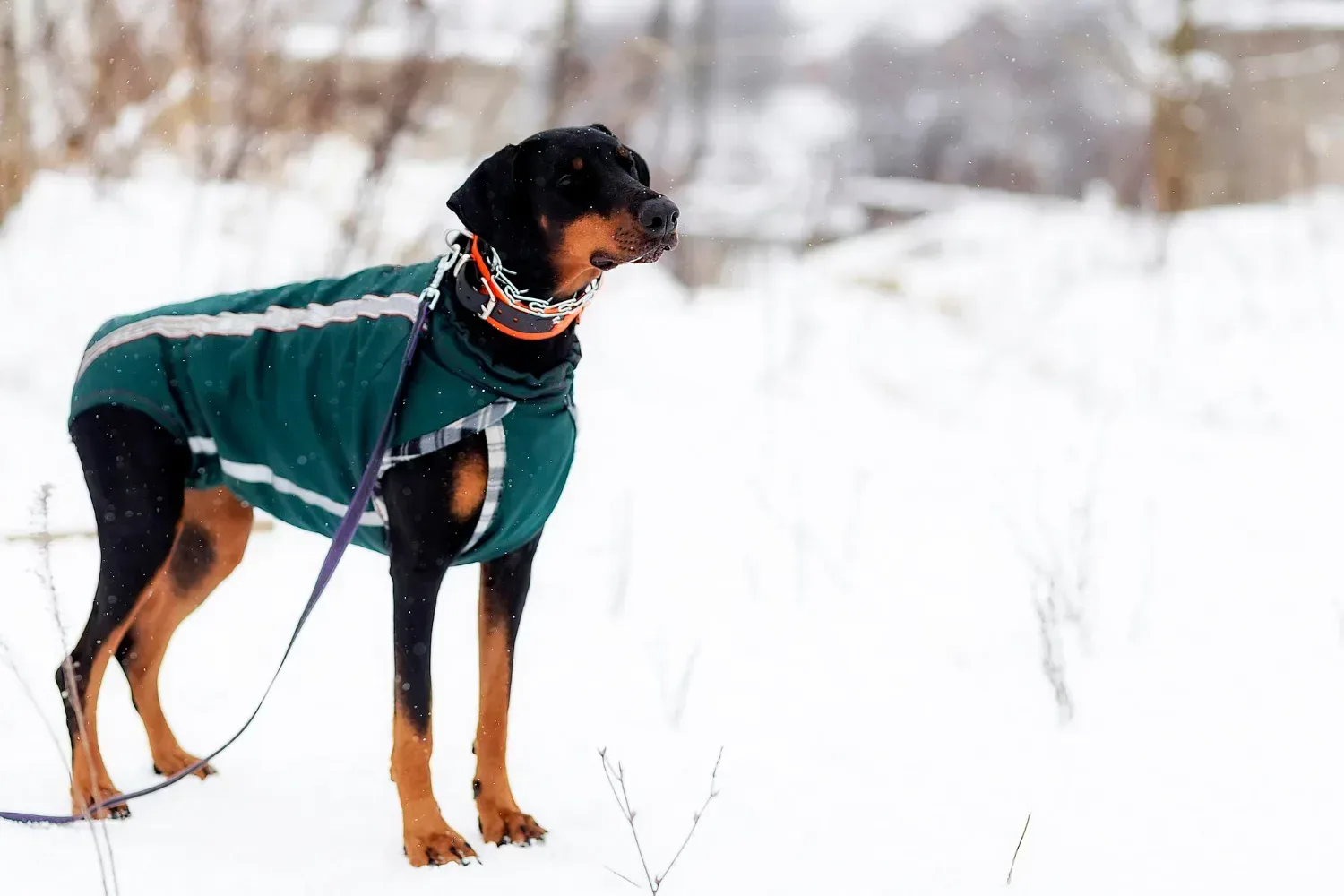
What is Austrian Pinscher?
The Austrian pinscher is one of the rarest breeds in the United States and Europe. They are recognized by the American Rare Breed Association and a handful of other breed clubs. Because of their rarity, you should do your research before getting one. Here are some tips:
Diet
The Austrian Pinscher needs a good balance of proteins and carbohydrates in their diets. The latter is essential in sustaining healthy musculature and articulations. Proteins also contribute to the maintenance of a dog’s weight and prevent obesity. It is also necessary to provide sufficient energy to keep the dog’s metabolism moving. However, a poor balance of protein and carbohydrates can lead to obesity and unhealthy weight gain.
The overall health of the Austrian Pinscher is good. It can develop health problems such as hip dysplasia, in which the hip bones do not align properly. It can also develop heart disease, although no health study has been done to confirm this association. However, the heart health of your dog can be checked through a variety of tests, including echocardiograms. Diet of the Austrian Pinscher should be modified to address specific health issues, including diabetes.
The diet of the Austrian Pinscher should consist of a variety of high-quality kibbles. Some owners swear by the brand X and praise its value and quality. Others, however, find the food inconsequential. Some owners complain about the composition of the food, but they generally recommend it nonetheless. You should also consider a mix of different types of dry dog food. One type of dry food is intended for adult dogs and is formulated with a double texture.
The Austrian Pinscher requires approximately 2 cups of food per day. The amount of food required varies according to activity levels and appetite. A typical Austrian Pinscher will gain less than three pounds, but consult your veterinarian to get a good idea of what your dog needs. When you have an idea of how much your dog needs, you will be able to determine how much you need to feed him or her. You should also be aware of any common diet restrictions, including those related to exercise.
Exercises
Like many other dogs, the Austrian Pinscher needs a large amount of exercise to stay healthy. They need daily walks, as well as various canine activities, to maintain their good health. If they are left alone for an extended period of time, they may develop destructive habits, such as chewing on furniture or even your shoes. Though this breed generally is healthy, certain health issues can be problematic, including cardiac disease and hip dysplasia.
While the Austrian Pinscher is a great family pet, they must be socialized from an early age. Although they are friendly and loving, they need firm training to become accustomed to other dogs. It is especially important to socialize the Austrian Pinscher with children and other animals. Since this breed is bred to hunt rats, they may become aggressive toward small dogs or people, which means that they need lots of activity and interaction with other animals.
Fortunately, the Austrian Pinscher is an extremely intelligent dog. Although they can easily learn most tasks, they need a firm and consistent approach to training. Otherwise, they may become stubborn and question their training. As a result, they require a confident leader. This breed also does well with children, so early socialization is essential. In addition to socializing with children, the Austrian Pinscher is also a good family companion.
The Austrian Pinscher is a medium-sized dog with a thick, muscular body. Its chest and neck are broad, and its tail is curly. Its ears are small and pointed, and the muzzle is short and straight. The dog has small, almond-shaped eyes and a black nose. The tail is often docked. Its ears are also short, and the breed is known as the Austrian Pinscher.
Health problems
While the Austrian Pinscher doesn’t have many health issues, it is important to remember that this breed does have its share of common conditions. While some minor issues like dry skin and a sensitivity to hot water can be a problem, you should only bathe them when necessary. A common degenerative condition in Austrian Pinschers is hip dysplasia, which results in the improper fit of the hip ball and socket. If left untreated, hip dysplasia can lead to painful, crippling symptoms and can even require surgery.
The Austrian Pinscher is a highly affectionate dog and bonds very strongly with its master. This breed is playful, but is suspicious of strangers and other dogs. This can make it unsuitable for households with multiple pets, but it can easily adapt to other pets with proper socialization. A large yard is ideal for an Austrian Pinscher, and they don’t do well in small apartments or dens.
Some Austrian Pinscher breeds may suffer from cardiovascular disease. There has not been enough data collected to determine whether the Austrian Pinscher breed is more susceptible to this disease, but the numbers of the affected breed are too small for any statistical studies to be conducted. Both male and female Austrian Pinschers are generally considered to be excellent family dogs. However, they can exhibit any number of health issues. A healthy Austrian Pinscher can be a good pet for a busy family.
The Austrian Pinscher is a medium-sized dog with a pear-shaped head, powerful muzzle, and rectangular body. Their ears are small and stand upright. They are pointed and can be referred to as “button ears”. The Austrian Pinscher’s nose is black. Their eyes are large and round and have dark pigmentation. Their tails are short and docked. These dogs are prone to developing behavioral issues.
Socialization
The Austrian Pinscher is a breed of dogs that needs to be properly socialized and trained. It is an active breed and must be exercised daily. If left alone, it can become destructive. As with any breed, proper socialization and training are essential for the health and welfare of the dog. These dogs are devoted to their owners and are great with children. Listed below are some tips to help you socialize your new dog properly.
It is imperative to begin socializing your puppy early and consistently. While this breed is naturally good with children, they must be taught how to interact with other dogs, cats, and smaller pets. Because of their dominant nature, they are not suited for homes with cats or other pets. They also need to be socialized early to strangers. This is because they need to respect their owner, as well as their authority. To achieve this, you must make it a habit to introduce your puppy to as many new people as possible.
This breed is well-suited for families with children. As a guard dog, the Austrian Pinscher has a strong sense of security and is great with children. During training, keep in mind that they are naturally suspicious of strangers and need a large yard to exercise. Despite their aloof nature, Austrian Pinschers are friendly and playful around children, if properly socialized. If you plan on taking your new puppy to public places, you should ensure that your home has a secure fence around it.
The Austrian Pinscher is an excellent companion dog and is very friendly around children. With enough attention, an Austrian Pinscher will bond with you and your family. It is very affectionate with children, but is sometimes aggressive towards other dogs. It is advisable to socialize your new puppy with other dogs and children from an early age to avoid any negative reactions. While the Austrian Pinscher is great with children, it must be socialized from an early age to ensure that your new dog does not become aggressive with them.
Lifespan
The Austrian Pinscher is an intelligent breed, but its high intelligence means it requires a strict owner. It has a nine-day reproductive cycle, and the female Austrian Pinscher begins to attract males during Proestrus. Her vulva is soft and receptive to mating, and her discharge turns a vivid red color. After her Proestrus period, the female will no longer allow mating.
The Austrian Pinscher can live anywhere from 12 to 14 years, but the life expectancy depends on a variety of factors, including health and genetic make-up. The breed is good with children and is incredibly active, making it a great companion for families with children. Lifespan of the Austrian Pinscher depends on a number of factors, including its age, breed, activity level, and weight.
The Austrian Pinscher is a great companion and guard dog, and it loves to be with its owners. It is very devoted to its family, and is loyal to his master. He is also an excellent watch dog, so he needs plenty of exercise. However, he does require daily exercise, and he must be walked daily. Although the life span of this breed is fairly short, this characteristic is one of its many positive traits.
The Austrian Pinscher is a versatile breed that was saved from extinction during World War II. Its ability to adapt to new environments was one of the main reasons it survived the war, as many dogs in Europe were killed. The Austrian Pinscher was saved from extinction by dedicated breeders who gathered working line Pinschers with no pedigrees from farms throughout Austria and mated them to one fertile female. These efforts ensured the survival of the traditional Austrian Pinscher breed in neighboring countries.


